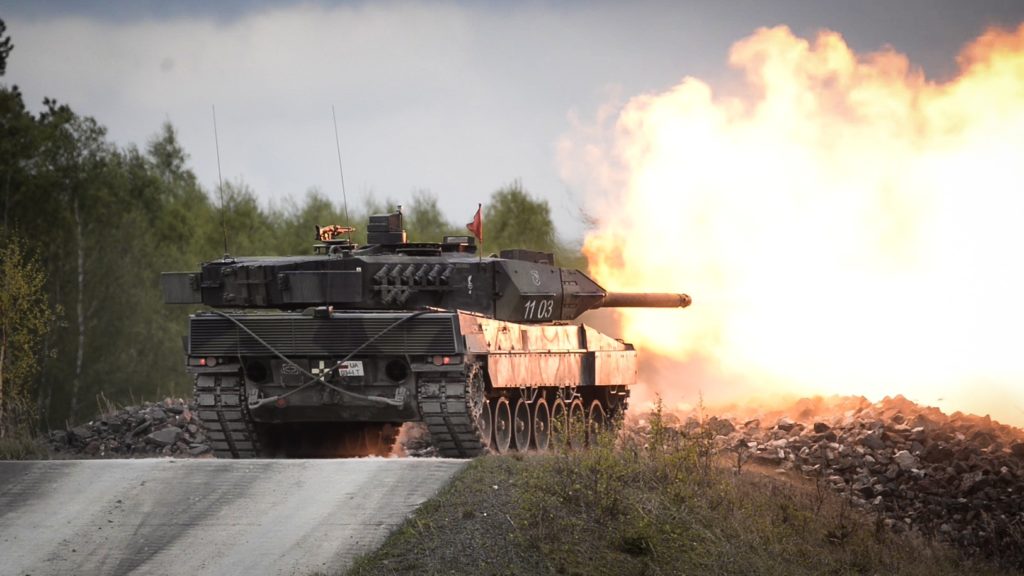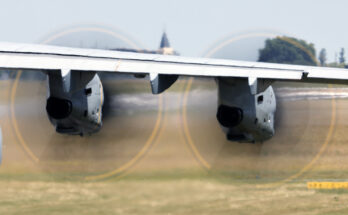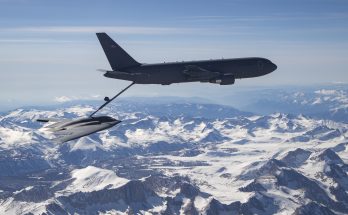
As 2023 draws to a close, it is time once again to briefly review the tactical situation in Ukraine and take stock of the progress made there. This will not take very long, as there has been virtually NO significant progress there over this past year.
For both the Ukrainians and the Russians, the bold promises of glorious sweeping grand offensives this year have all come to naught. The battlefield in Ukraine has become a relic of 1917, mired in the static, ghastly hell of trench warfare. At this point, it appears neither the Ukrainians nor Russians have any coherent semblance of a strategy beyond trying to bleed their opponent dry before the same happens to them.
This situation begs a loaded (pardon the pun) question. What about all the advanced weapon systems that both sides claimed were going to win the war for them? In particular, what of the systems such as the Leopard 2, Challenger 2, Abrams, Bradley, and HIMARS — to name a few — that Volodymyr Zelenskyy insisted were key to his army’s success against the Russian invaders?
Are these advanced weapon systems truly force multipliers in Ukraine? Or are they little more than shiny new toys, destined to be left broken and abandoned the day after Christmas?
Despite their bold promises and unending demands for more of everything, both armies have exhibited a remarkable lack of aptitude, let alone inclination, to properly exploit the potential of advanced weapon systems on the battlefield in Ukraine. This is not surprising, however, as both armies provide a mirror image of each other in terms of modern tactical sophistication . . . or, more precisely, the lack thereof.
While many defense pundits wax eloquently about the technological sophistication of Western combat vehicles, the Forecast International Weapons Group once again maintains technology alone is not the key to modern armored warfare. How these weapon systems are employed tactically is, and always will be the key factor. And so, one must look beyond technology to tactical doctrine, training and employment.
In terms of tactical doctrine and training, the Ukrainian and Russian Armies are branches of the same tree, inheritors of the same Soviet Red Army heritage. As such, their common doctrine for armored warfare was shaped by the pioneering tactics of Marshal Georgy Konstantinovich Zhukov. Zhukov’s doctrine employed armored forces as a monolithic mobile sledgehammer — Hey, diddle diddle, straight up the middle. Smash anything in your way. Russian tank design reflects this tactical philosophy.
Western armored warfare doctrine, on the other hand, is grounded in a cavalry-based philosophy — Move fast, strike hard. Don’t give the enemy a chance to effectively react. Where the Russians look to Zhukov for inspiration, the Western armies look to Heinz Guderian, Erwin Rommel and that most magnificent cavalryman of all, George S. Patton. Western tank design reflects this tactical philosophy, with its emphasis on the speed and maneuverability of the platform, combined with the situational awareness and tactical initiative of the crew.
In Ukraine, if Western combat vehicles are employed with crews and commanders well-grounded in Western armored warfare doctrine, the impact on the battlefield could be devastating for Russian forces. But suppose Ukrainian forces insist on employing these Western weapon systems according to their existing Soviet-style doctrine. In that case, the results on the battlefield will remain mixed at best, and disastrous at worst. Even the most sophisticated weapon in the world is utterly useless in untrained (or poorly trained) hands.
Sadly, the evidence continues to indicate the Ukrainians have NOT embraced Western armored combat doctrine. Indeed, the Ukrainians are still operating in the same discredited Russian mode. They persist — like their Russian adversaries — in failing to properly disperse their assets (bunching up), failing to properly maneuver their assets (such as attempting to cross uncleared minefields), and then abandoning those damaged assets on the field without even attempting to destroy sensitive items. These failures indicate a serious lack of proper training and motivation.
Technology does not win battles. Properly trained soldiers win battles. To ignore that enduring reality is to invite disaster and defeat.
Dean is responsible for Military Vehicles Forecast and Ordnance & Munitions Forecast. Prior to joining Forecast International, Dean served as an intelligence analyst in the U.S. Army for 10 years. As an Order of Battle and weapons specialist, he served in a variety of assignments, ranging from running the intelligence section of an Apache attack helicopter squadron in combat to representing a theater-level intelligence organization in a national-level interagency intelligence working group. His intelligence assignments have included duty in Japan, Korea, the Netherlands, Germany, Turkey and Iraq, as well as Fort Hood, Texas, and Norfolk, Virginia.




